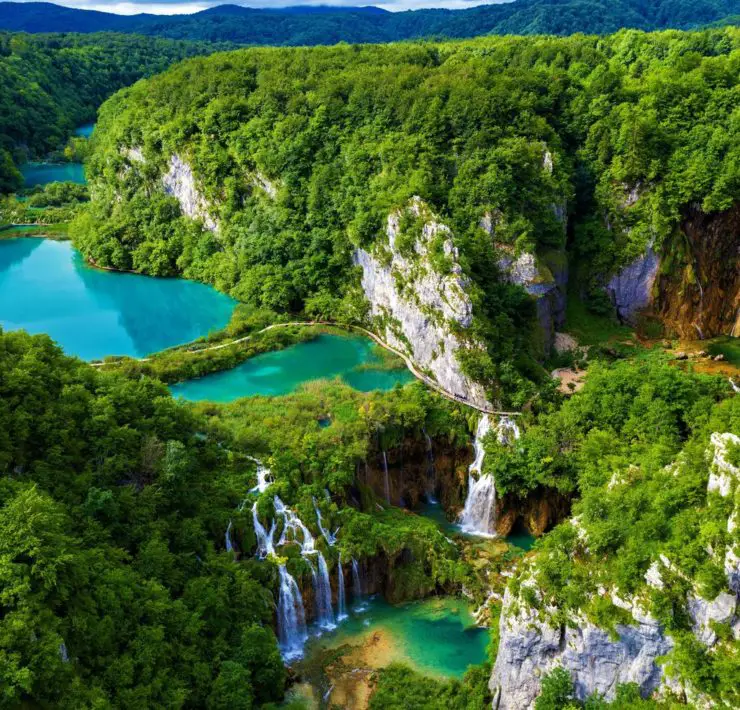There are things in life that you can desire but getting them isn’t going to be easy unlike what you’ve imagined. Russia’s Valley of Geysers is one of them. It’s one of those unexpected discoveries that is stunning yet you can’t just easily visit unplanned.
The Valley of Geysers was discovered in April 1941 by Tatiana Ustinova, a hydrologist of Kronotsky Nature Reserve, and observer Anisifor Krupenin. They walked into an unknown area when they entered the narrow passageway between the rocks along the riverbed of Shumnaya. The ground was all covered with snow at that time so while the two were traveling, they’ve decided to stop and have a break on a nearby shore where they’ve found a light steam coming out – then a hot burst oozed off towards them. Ustinova and Krupenin were shocked by the sudden burst but soon they realized that the splashes were not dangerous. They have just discovered an authentic geyser, the first in Kamchatka. Ustinova named it “Pervenets” (The First-Born”).
After the discovery, Ustinova published her findings fourteen years later. The exploration around the Valley of Geysers was only started in 1972 and in 1980, the area was considered to be a tourist attraction of Kamchatka and the Russian Far East. Tourists started to visit the valley in 1991.
There are over 30 big geysers in the Valley of Geysers. Some of them gush every after 10 –12 minutes, while the others do after 4-5 hours. Being in the Valley of Geysers makes you feel like you’re surrounded by spectacular fields composed of colorful slopes, green fields and trees, hot springs, and don’t forget about the sudden bursts of water. Better watch out because not all are safe as some of the spots around the valley can extremely scald your feet and legs once you step on an unexpected burning puddle of mud. So remember to be careful, and don’t forget your attire and boots for protection.
In June 2007, a massive landslide hit the valley and flooded two-thirds of the valley. The flood made of snow, water, boulders and debris went down with the speed of 35-40 km per hour, sweeping trees as it flowed down. The flood may have gone down but it left a terrible look on the valley. The vorota basalt rocks were destroyed, some of the geysers remained flooded while a new geyser appeared.
The Valley of Geysers continue to restore itself as the geysers, that were flooded in 2007, showed up again and the water level of the affected Lake Geysemaya dropped. The 6 km valley may not look exactly like it was before but you can still see its wonders through guided tours. Note that you can’t just rent a car and drive straight to the geysers. There’s no other way you can visit the valley but only by riding a helicopter.
When On Earth Magazine is for people who love travel. We provide informative travel guides, tips, ideas and advice regarding places to see, things to do, what to taste, and much more for world travelers seeking their next dream vacation destination.






